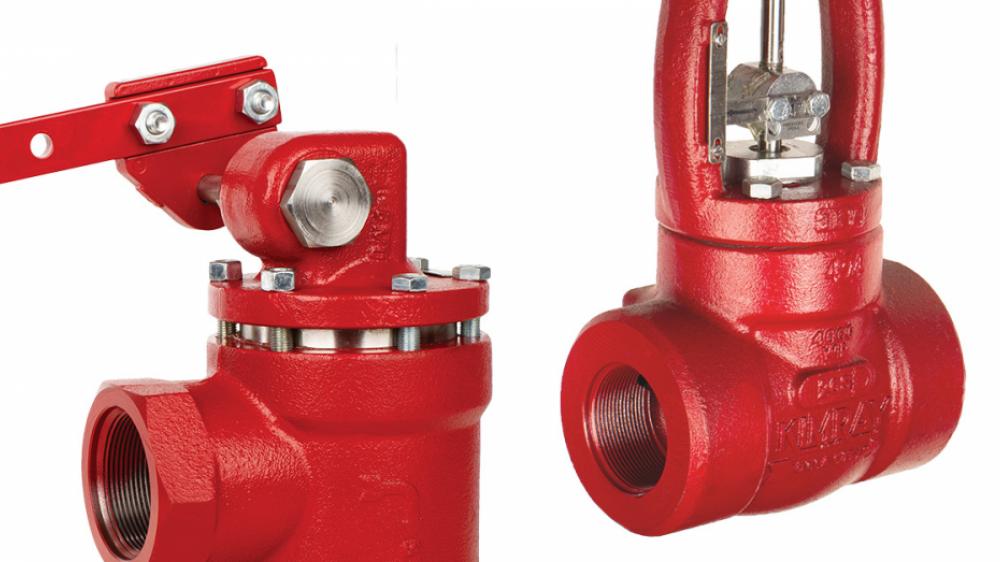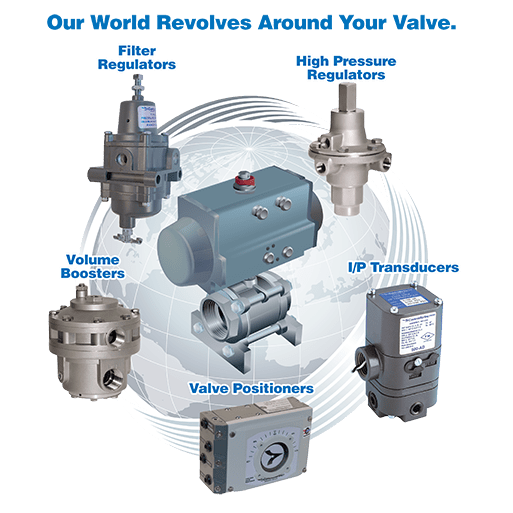Selecting the Right Control Valves: An Overview to Ideal System Efficiency
Selecting the Right Control Valves: An Overview to Ideal System Efficiency
Blog Article

Maximize Power Savings and Comfort With Advanced Building Automation Controls
In the world of contemporary style and facility monitoring, the combination of advanced building automation regulates stands as a crucial innovation. By taking advantage of the power of automation, structures can adjust, react, and advance in ways that were once inconceivable.
Energy Efficiency Conveniences
Power effectiveness advantages can considerably minimize energy consumption and functional costs in structures. By carrying out energy-efficient methods and technologies, structure proprietors and operators can accomplish significant cost savings while additionally adding to environmental sustainability. Among the key benefits of boosting power efficiency in buildings is the reduction of energy expenses. Energy-efficient systems, such as sophisticated building automation controls, can maximize the use of resources like air conditioning, lighting, and home heating, bring about reduced energy expenditures in time.
Additionally, improved power performance can prolong the life-span of structure equipment and systems. By running extra successfully, a/c systems, lighting fixture, and various other building components experience less wear and tear, causing minimized maintenance and substitute expenses. Furthermore, energy-efficient structures usually command higher residential or commercial property worths and rental prices, providing long-lasting financial advantages to proprietors.
Additionally, power efficiency can boost resident convenience and efficiency. Properly controlled interior environments with optimal lights and thermal conditions produce a more helpful and positive work area, leading to boosted staff member fulfillment and performance. In general, the power efficiency advantages related to innovative structure automation controls are multifaceted, including expense financial savings, environmental stewardship, and passenger health.
Enhanced Convenience Control
Enhancing comfort control in building atmospheres requires an advanced combination of innovative automation systems for optimum resident health. By making use of sophisticated building automation controls, centers can customize the indoor environment to fulfill the specific demands and preferences of occupants. control valves.
By integrating these innovative controls, buildings can not only improve comfort but additionally boost energy performance by enhancing system procedures based on actual tenancy and usage patterns. Inevitably, prioritizing resident convenience with sophisticated automation systems leads to a much more pleasurable and healthier interior atmosphere.
Operational Performance Improvements

In addition, the application of real-time tracking and analytics tools enables structure operators to determine energy inefficiencies and functional anomalies promptly. By continually monitoring power usage patterns and system performance metrics, changes can be made in real-time to optimize energy consumption and ensure peak operational efficiency. control valves. In addition, including demand response approaches into structure automation controls can even more improve operational effectiveness by dynamically readjusting power use based on grid conditions and prices signals
Indoor Environment Optimization
Reliable interior climate optimization is an essential element of building automation controls, making sure occupants' comfort and wellness while making best use of energy financial savings. By utilizing sophisticated sensing units and controls, building automation systems can constantly readjust and monitor temperature level, humidity levels, air quality, and air flow to develop an optimal have a peek at this site indoor environment. Maintaining comfy and regular problems not only enhances occupant complete satisfaction yet additionally enhances performance and total health.
Indoor climate optimization also plays an important function in energy efficiency. By fine-tuning ventilation, air conditioning, and home heating systems based upon real-time information and tenancy patterns, building automation controls can substantially reduce energy consumption - control valves. Implementing strategies such as demand-controlled ventilation and thermal zoning can aid lessen energy waste while making certain that each area of the structure gets the necessary conditioning.

Sustainable Environment Creation
Structure automation regulates not just enhance indoor climate conditions for power performance and passenger comfort but also lay the foundation for developing a lasting atmosphere with calculated administration of resources and systems. By incorporating sophisticated structure automation innovations, such as sensing units, actuators, and smart software, facilities can adjust and monitor energy usage in real-time to minimize waste and decrease their carbon footprint. These systems enable anticipating upkeep, determining prospective issues prior to they intensify and maximizing tools efficiency to improve durability and efficiency.
Furthermore, sustainable atmosphere development expands beyond energy monitoring to include water conservation, waste decrease, and indoor air top quality improvement. Building automation controls can manage water usage, spot leakages, and guarantee correct waste disposal techniques, contributing to total sustainability efforts. In addition, by managing and keeping track of air flow and filtering systems, these technologies improve occupant wellness and productivity while reducing power usage related to cooling and heating operations.
Verdict
In final thought, advanced building automation controls deal substantial benefits in terms of energy financial savings, comfort control, operational effectiveness, interior environment optimization, and creating a sustainable setting. By executing these controls, buildings can attain optimum performance while decreasing power consumption and improving passenger convenience. It is noticeable that using advanced automation innovation is critical in enhancing building performance and producing a much more lasting future.
Power efficiency benefits can substantially lower power consumption and operational costs in buildings. In general, the energy effectiveness benefits connected with sophisticated structure automation controls are diverse, including price financial savings, Get the facts ecological stewardship, and owner health.
Furthermore, integrating demand reaction techniques into structure automation controls can additionally improve operational performance by dynamically readjusting power usage based on grid conditions and rates signals.
Building automation regulates not only enhance indoor environment conditions for power effectiveness and passenger comfort but additionally lay the foundation for creating a lasting environment through strategic monitoring of systems and resources.In verdict, advanced structure automation regulates offer see this here substantial advantages in terms of power cost savings, comfort control, functional effectiveness, indoor environment optimization, and developing a sustainable setting.
Report this page